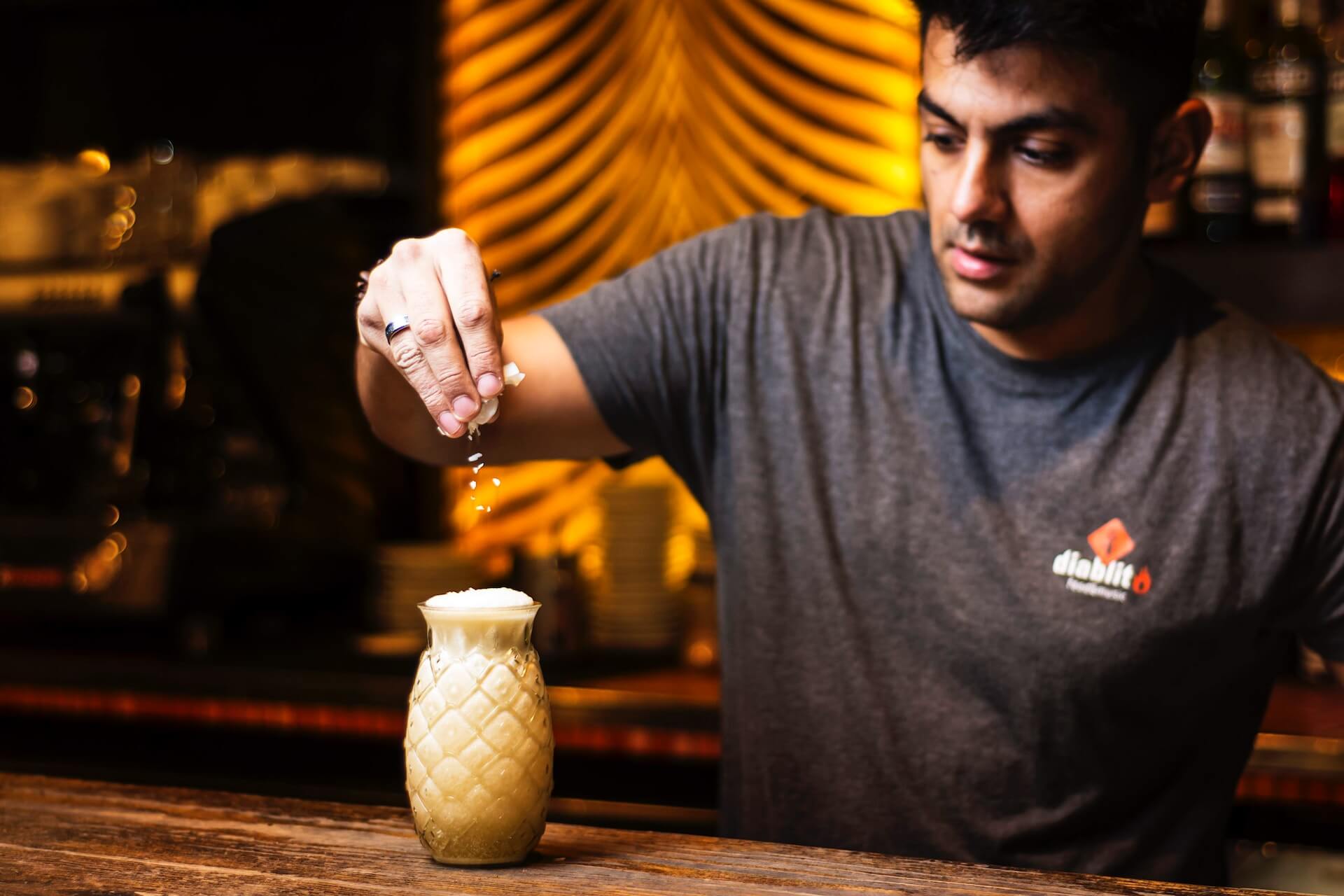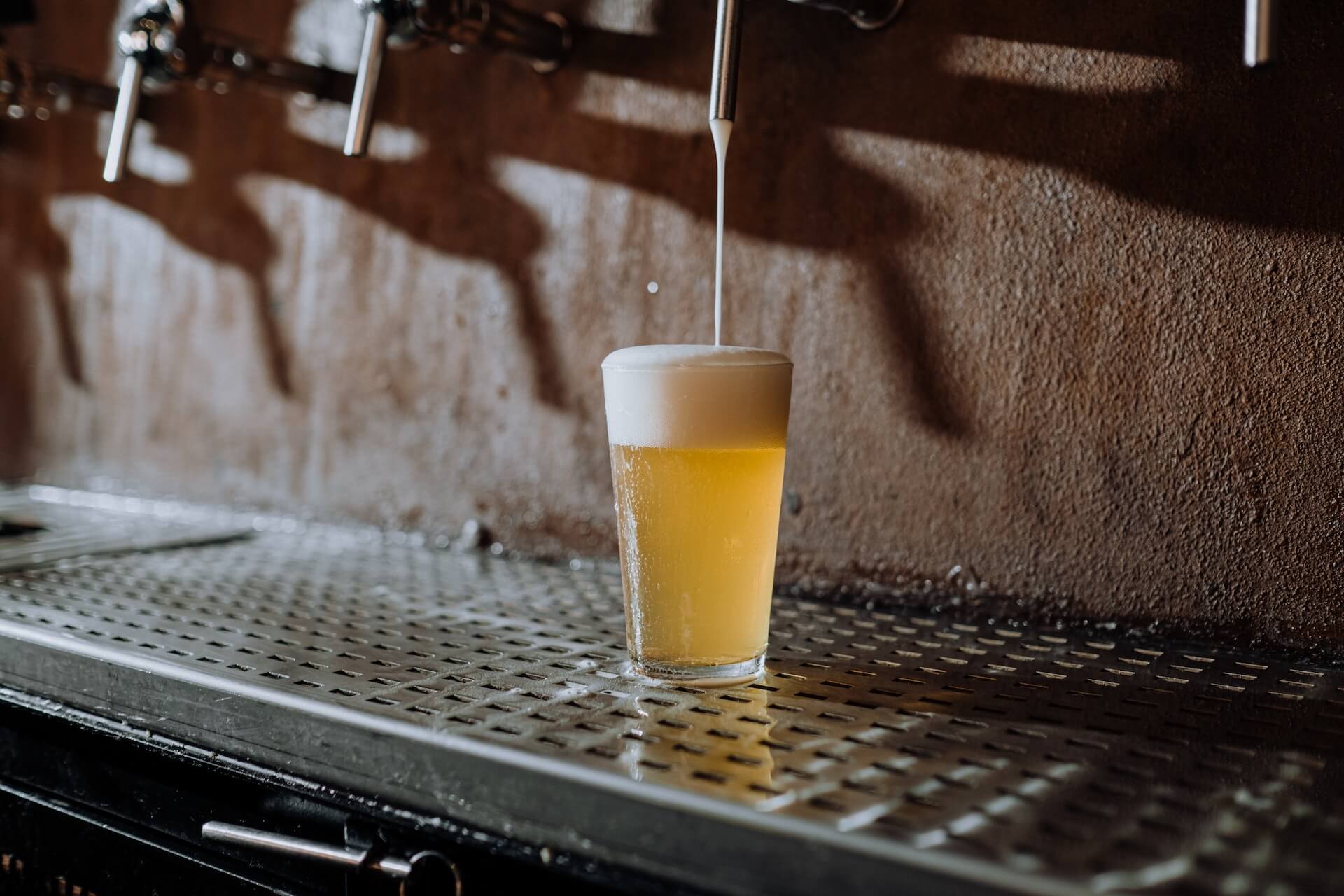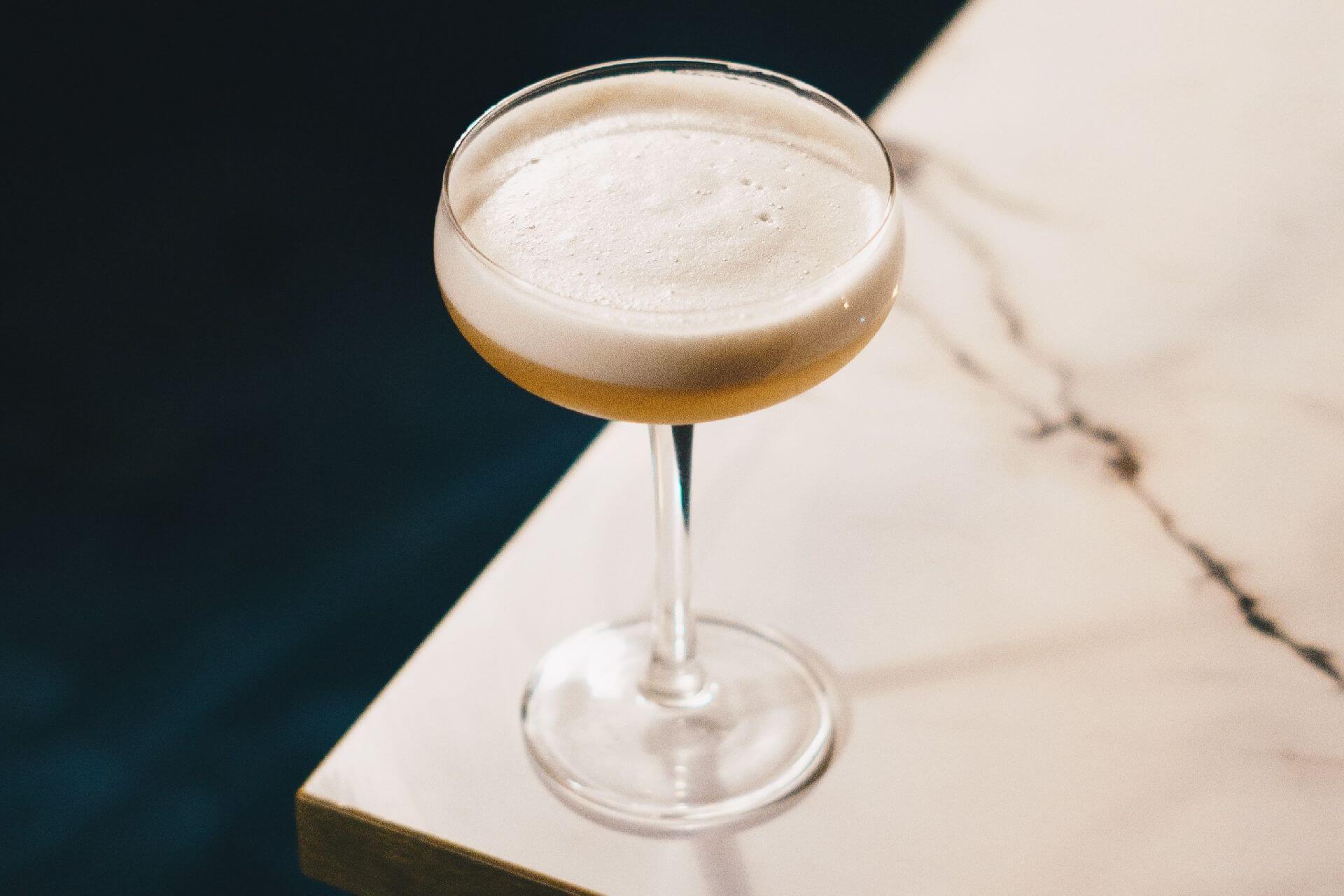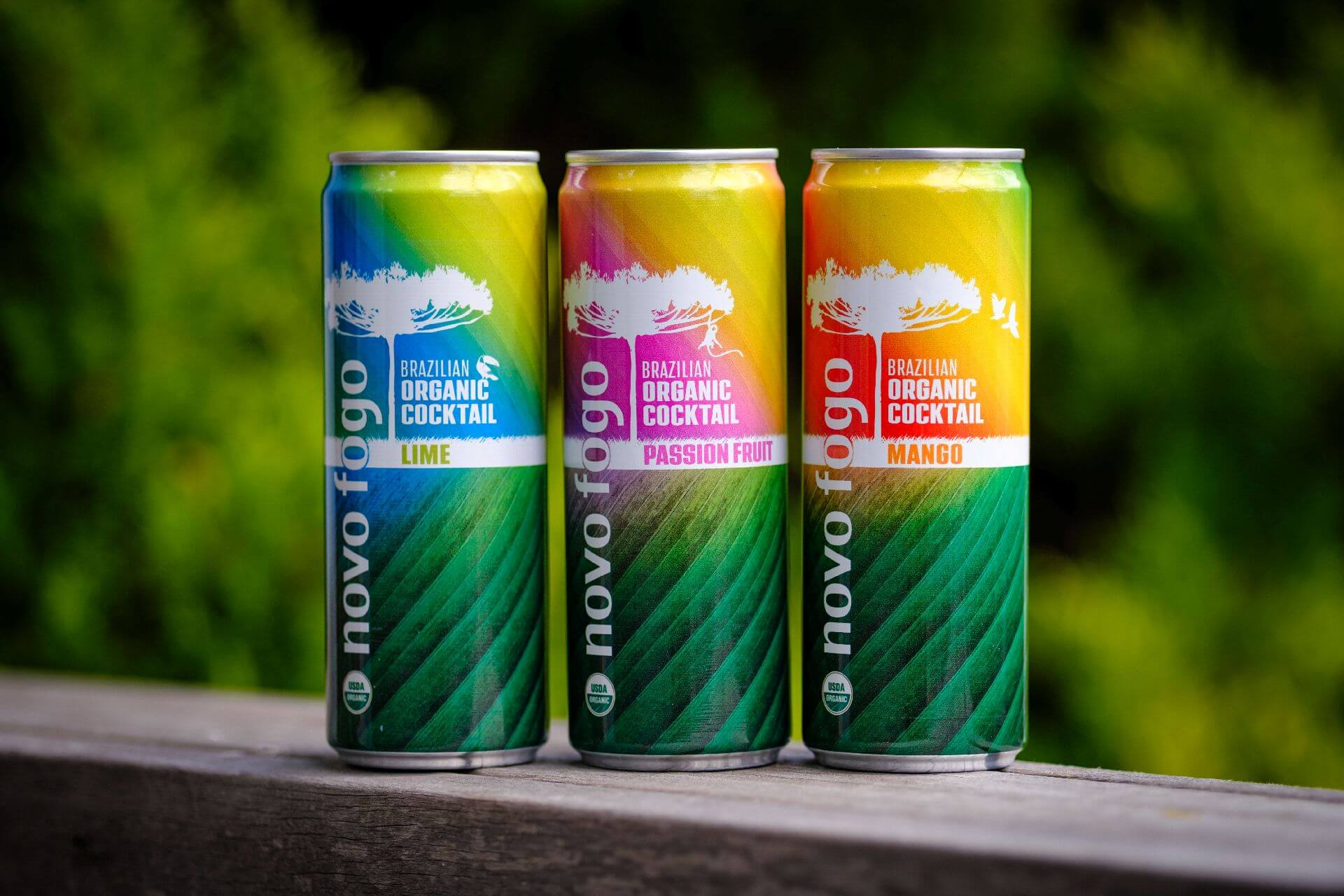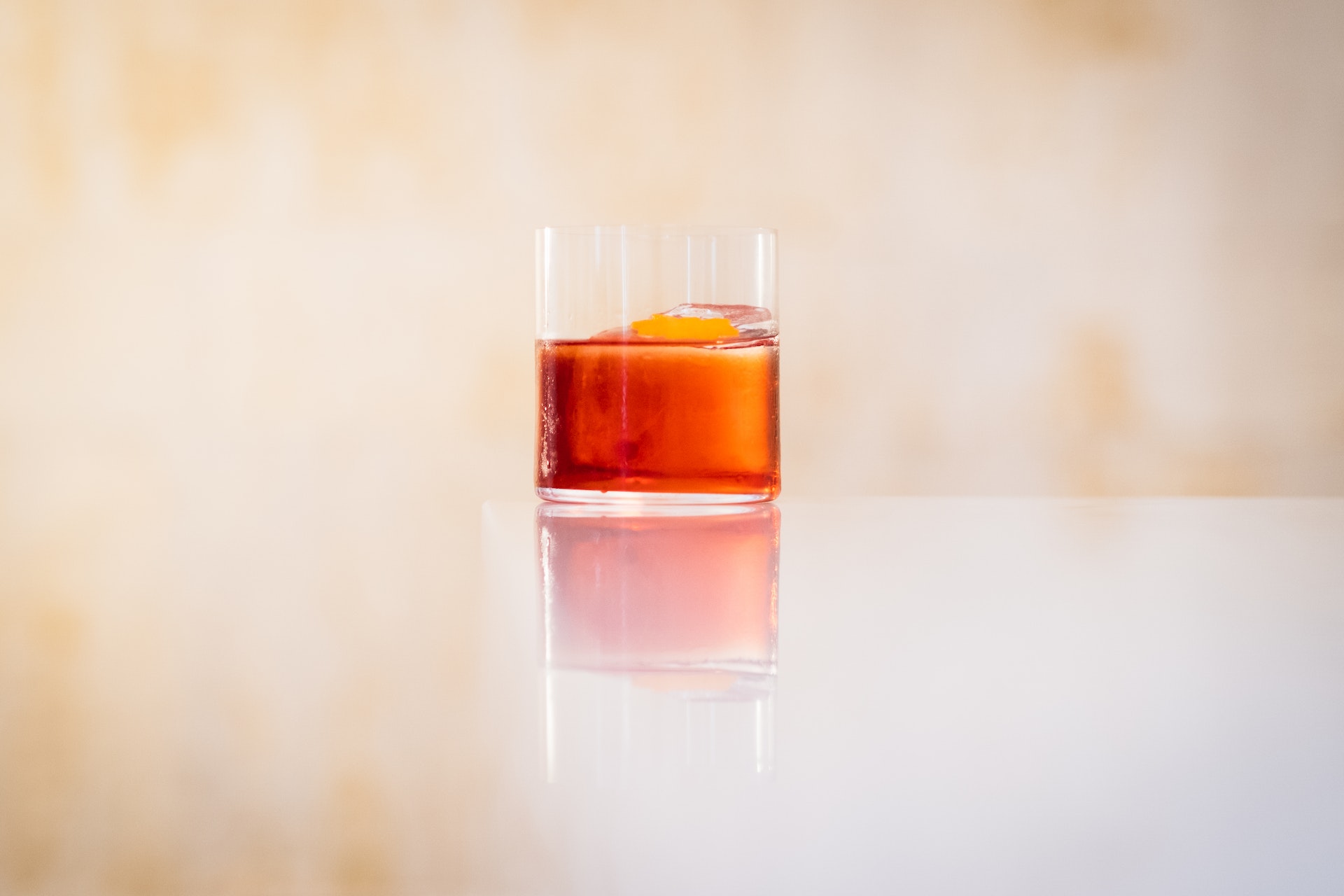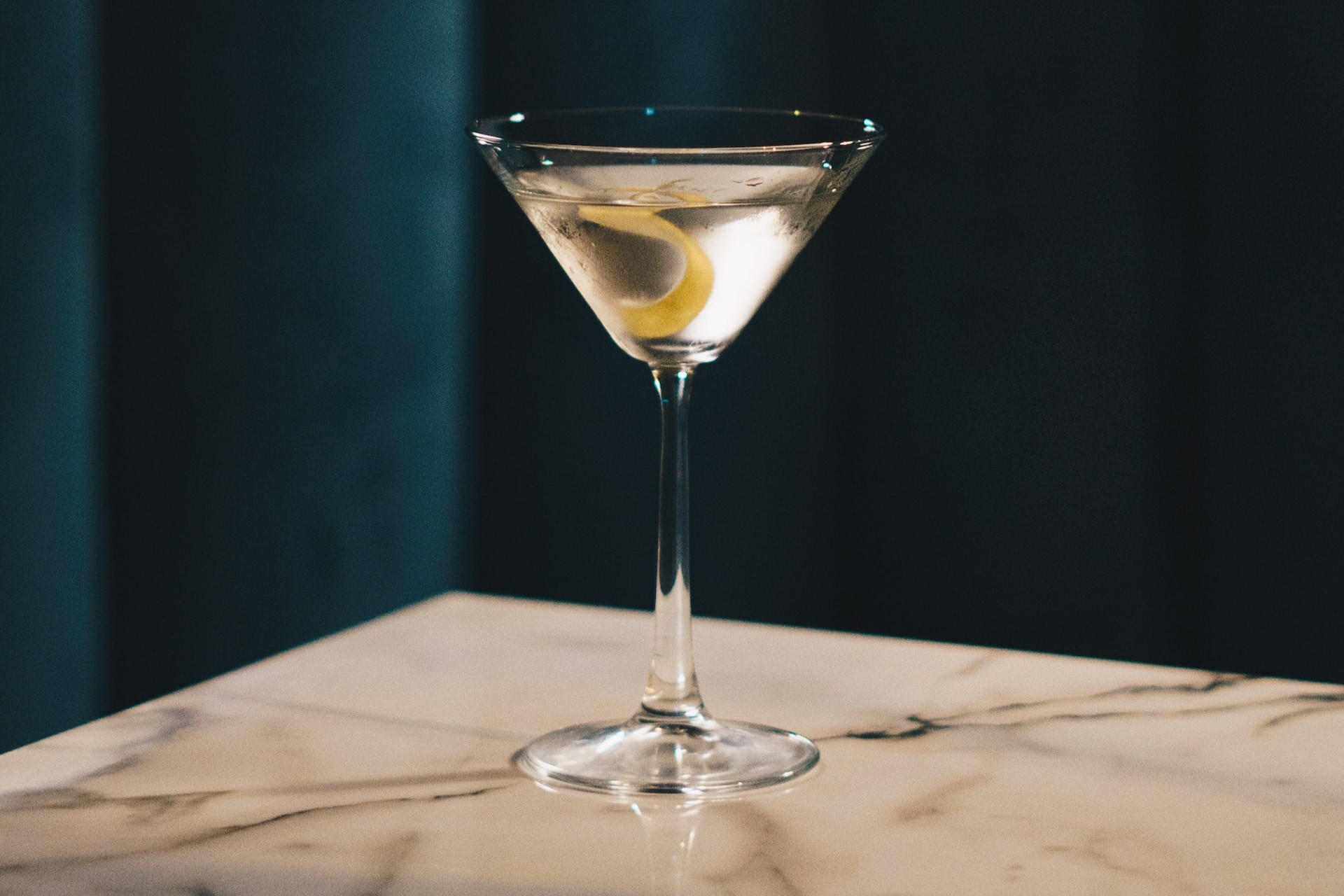Celebrate the Negroni and Support Slow Food
by David Klemt
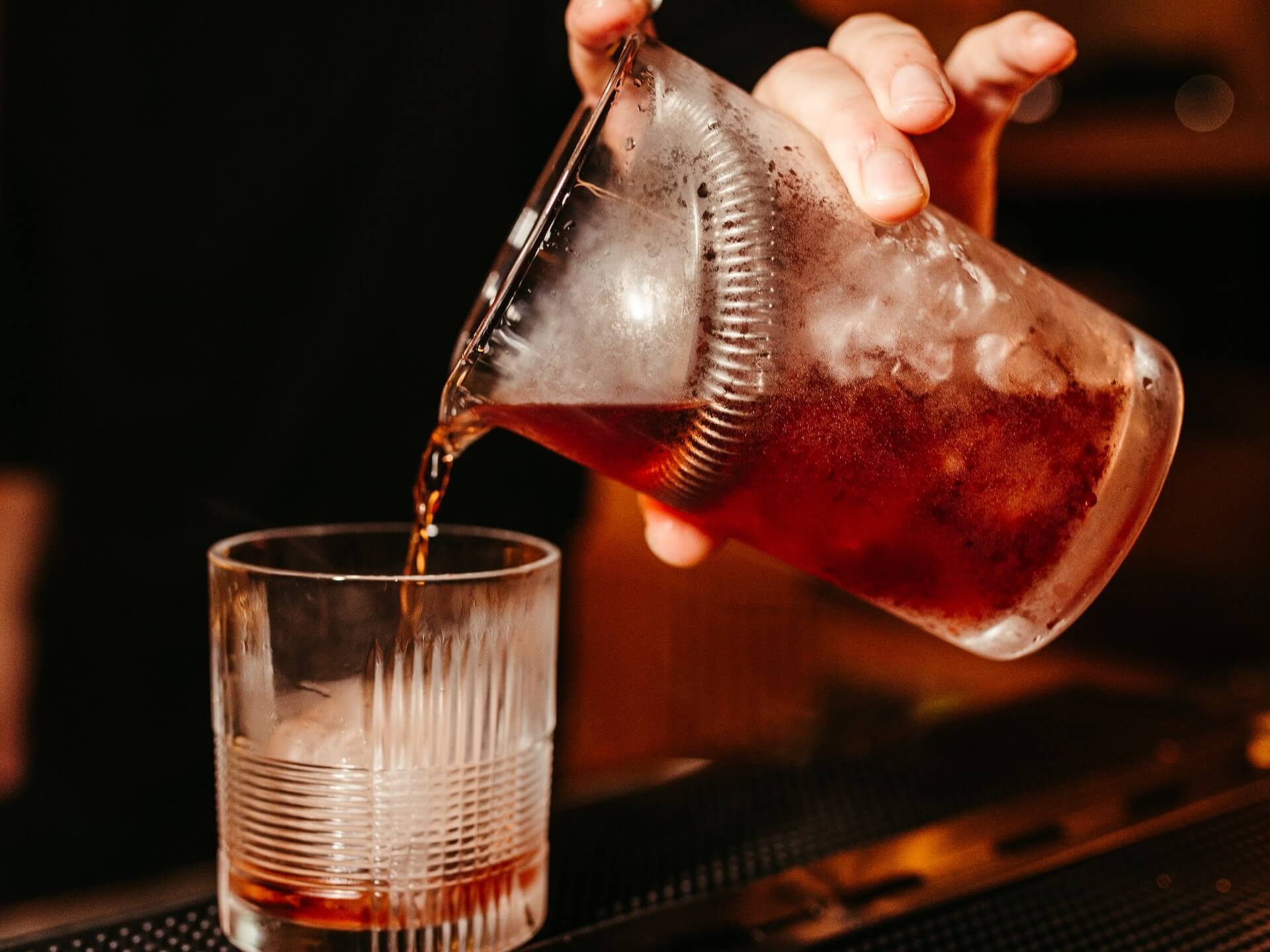
This month, operators will have the opportunity to sign their bars up to take part in the tenth-anniversary celebration of Negroni Week.
For 2023, Negroni Week hosts Imbibe Magazine and Campari are raising funds for Slow Food. Sponsors also include Cinzano, Bulldog Gin, Bols Genever, and Coopers’ Craft Bourbon.
View this post on Instagram
Negroni Week will take place from September 18 through September 24. Registration is now live and operators can sign up their bars via this link.
So, we’re helping spread the word early and giving operators and their teams plenty of time to prepare to participate this year.
Negroni Week 2023
After first launching in 2013, Negroni Week is celebrating their decennial year.
Over the course of ten years, Imbibe and Campari have seen tremendous growth and results. In its inaugural year (or perhaps inaugural week is more accurate), a little over 100 venues participated. In its second year, 1,300 venues registered for Negroni Week.
Now, thousands of venues sign up every year, helping to raise money for worthy causes. To date, Negroni Week boasts more than $4 million in funds for charitable organizations.
Participation really couldn’t be any simpler: register, make a donation of at least $25, serve Negronis and/or variations of Negronis, and donate proceeds from your Negroni Week LTO menu.
After completing registration and making at least the minimum donation, an operator’s venue will gain placement on the Negroni Week website. The listings are searchable by state and city. Venues that donate $250 or more will carry a Premium Donor designation.
Those looking for inspiration for their charity LTO menus can click here to sift through Negroni Week’s recipe database.
Slow Food
Simply put, Slow Food’s mission is to help everyone access food that’s good for them, good the people who grow it, and good the planet as a whole.
An even more succinct description comes from the Slow Food website: access to food that’s “good, clean, and fair for all.”
Further, Slow Food seeks to prevent the loss local food cultures, along with food traditions. The organization was founded in 1989 and is now active in more than 160 countries.
View this post on Instagram
In the US, Slow Food operates as a 501(c)(3) organization and has been active in Canada for several years. The charitable organization has had a strong presence in the provinces of British Columbia, Calgary, Montréal, and Ontario.
Get Ready
With just three ingredients in a 1:1:1 ratio, any bar team should be able to handle putting delicious Negronis across the bar.
So, operators should ensure their team can craft a traditional Negroni while encouraging them to work on some creative variations.
We’ll see in a little over a month to celebrate Negroni Week!
Image: Jonathan Borba on Unsplash


